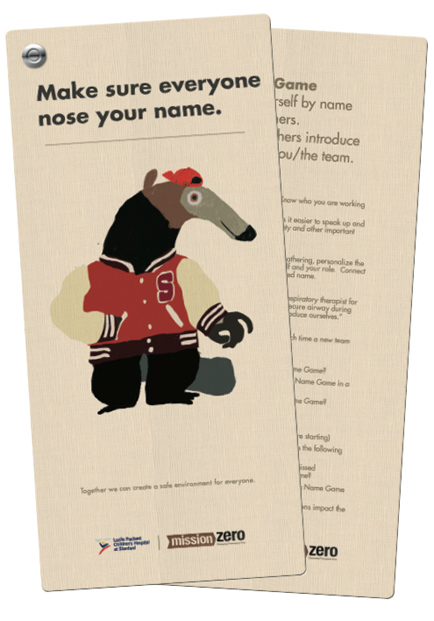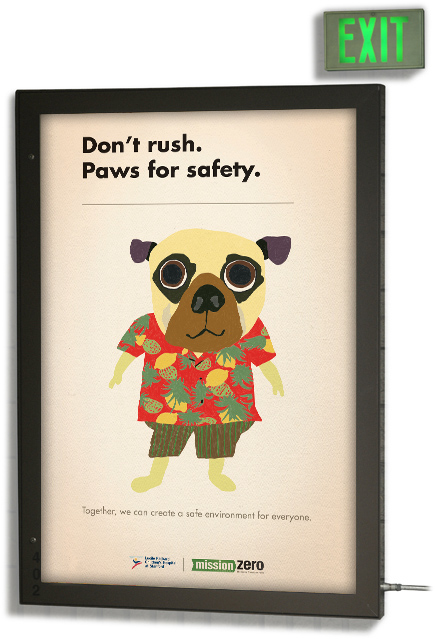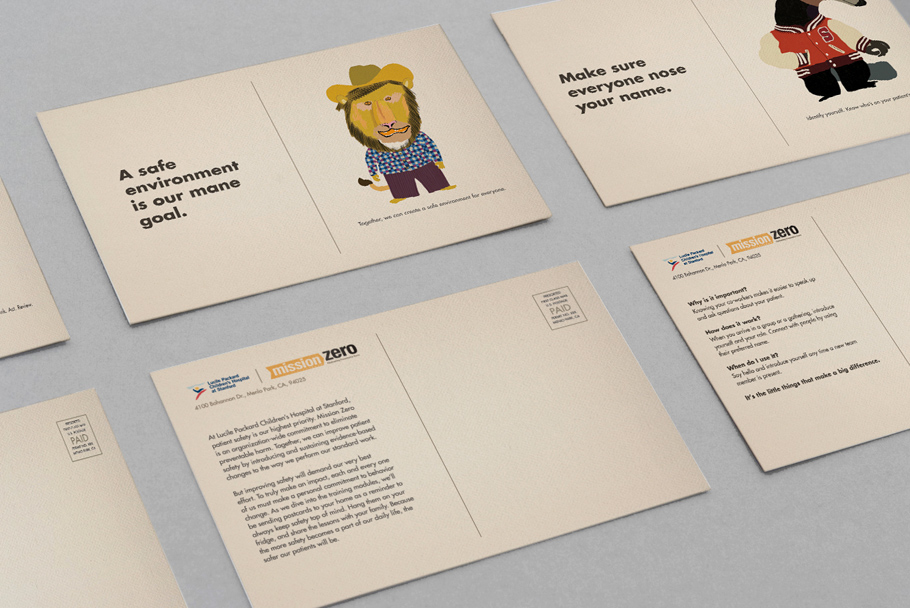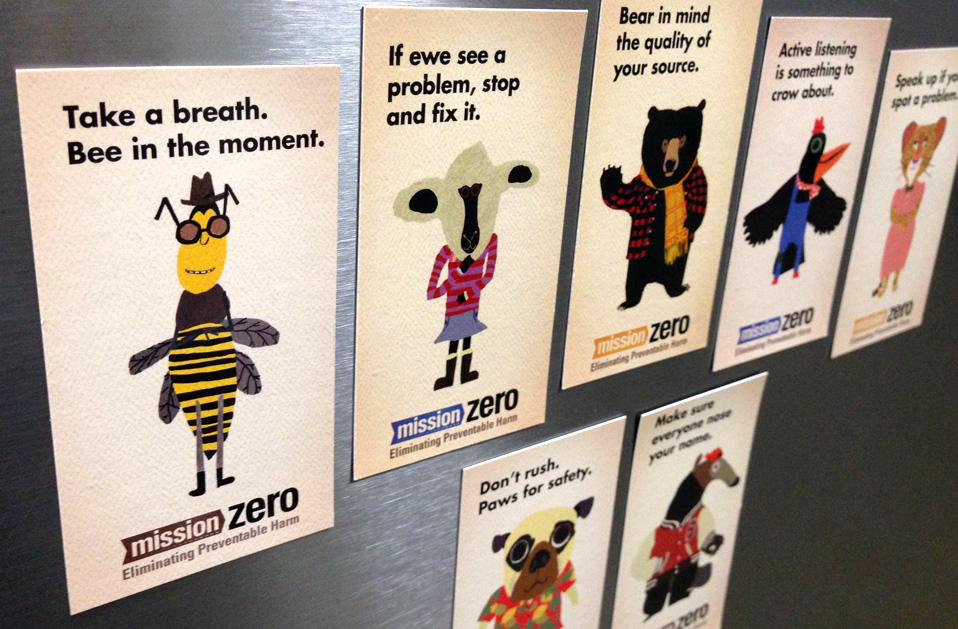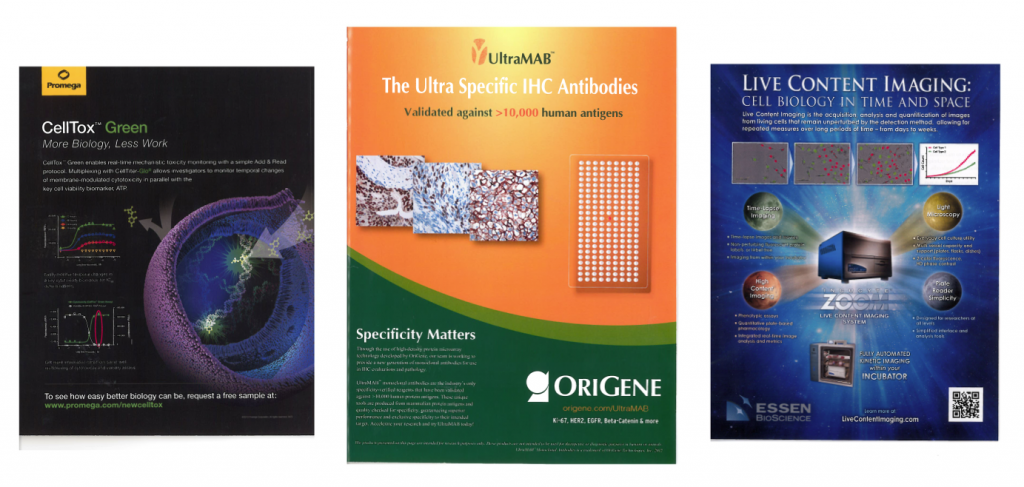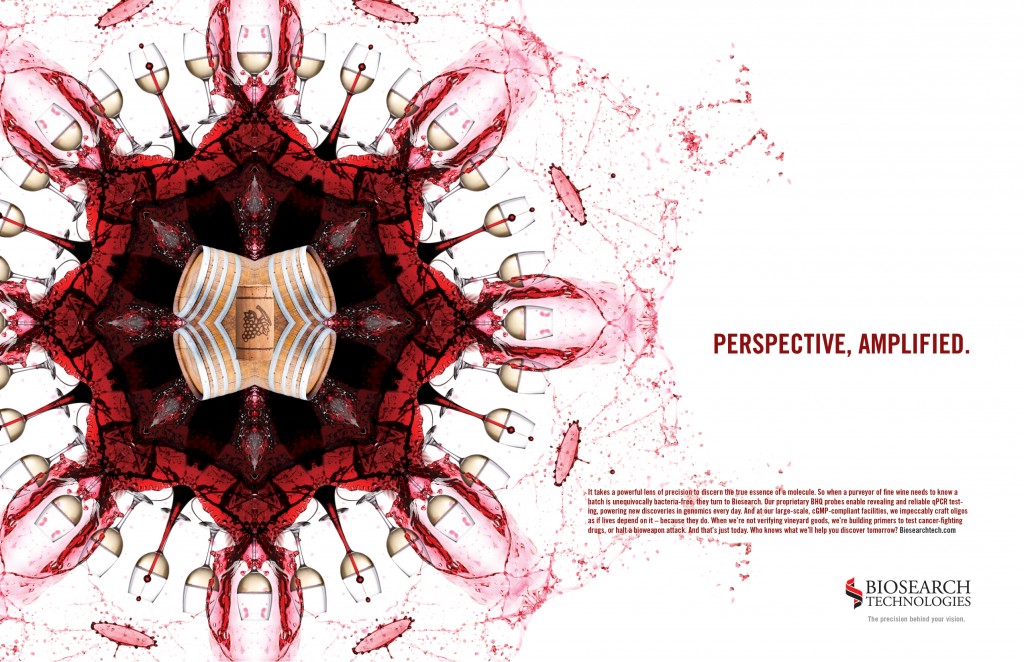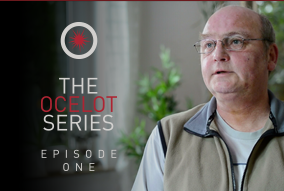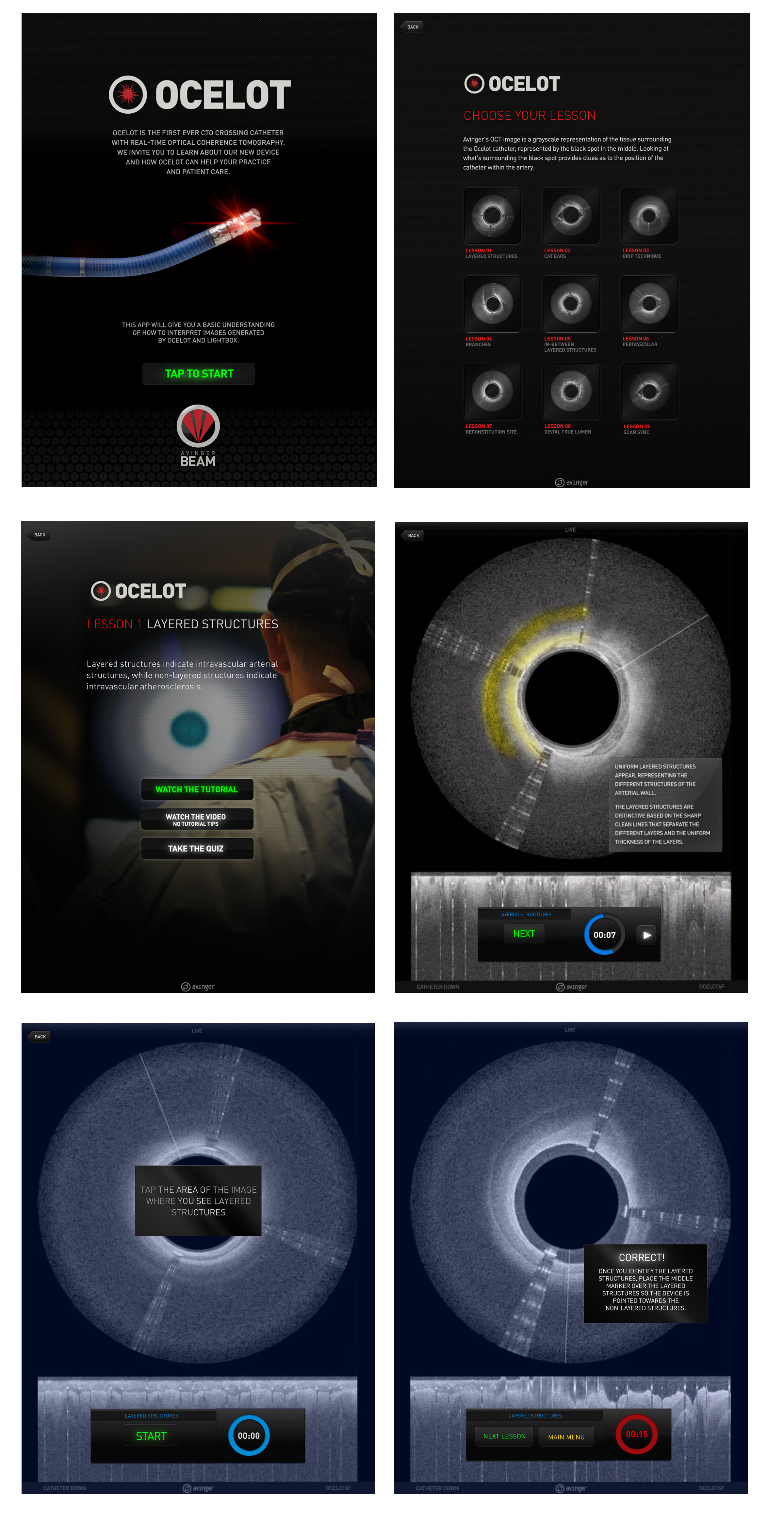At Mortar, getting a number wrong usually results in us trying to order a pizza from a dry cleaner at 2 a.m. But for healthcare providers like Lucile Packard Children’s Hospital Stanford, the ramifications are much more serious – after all, 50ccs of a medication is a far cry from 15.
Taking basic steps, like saying “one-five instead of 15” makes a surprisingly huge difference. And that’s just one of the techniques that can be used in the hospital to eliminate preventable harm.
The question is, how do you communicate these somewhat mundane-yet-crucial rules to staff in a way they’ll pay attention to (after all, these are some of the brightest and busiest doctors and nurses in the field) while staying consistent with the warmth and care you’d expect from a children’s hospital?
Our answer: Punimals!
Pairing adorable bespoke animal illustrations with equally adorable and punny headlines allowed us to communicate life-saving information in a manner people wanted to engage with. And, we gave employees plenty of opportunities for doing just that – through posters, mouse pads, training cards, magnets, screensavers and even direct mail postcards sent to employees’ homes.
Saving lives and keeping children healthy was clearly the most important goal of the campaign, but we have to admit to grinning when we heard people were going out of their way to collect all 10 characters. Now, if only that dry cleaner would arrive with our deep dish pie.
